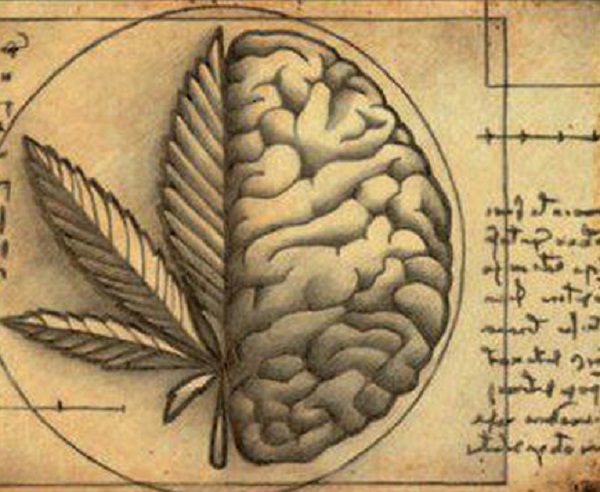
Cannabidiol 101—A Peek Into Cannabinoid Chemistry
[headline]The endocannabinoid system safeguards our biochemical balance[/headline]
The endocannabinoid system (ECS) is a complex signaling network within the human body that uses specialized compounds known as cannabinoids to control various bodily processes by interacting with various receptors and regulatory enzymes.
Cannabidiol (CBD) is often referred to as a “phytocannabinoid.” Phytocannabinoids are plant derivatives that contain a number of diverse chemical compounds that can affect appetite, metabolism, pain sensation, inflammation, thermoregulation, vision, mood, and memory. It’s important to note that phytocannabinoids are any plant-derived product capable of either:
- Directly interacting with cannabinoid receptors
- Sharing chemical similarities with cannabinoids that allow them to interact with other components of the ECS
- Or both

CBD is the second most prominent compound found in the
Cannabis sativa l. plant; Tetrahydrocannabinol (THC) is the first. Proponents claim that, unlike THC, CBD can be legally purchased and used throughout the United States when derived from agricultural hemp. It is non-psychoactive and is thought by some to have a much broader range of medical applications, including beneficial effects on neurodegeneration, autoimmune disorders, heart, and liver health.
Some enthusiasts believe the existence of cannabinoid receptors in the human body signifies that the cannabis plant was intended for therapeutic and recreational consumption. However, this is simply a “chemical coincidence” whereby plant cannabinoids mimic our own.
There are numerous examples of botanical compounds that have some chemical similarity to other hormones. Some of these compounds are called “phyto-estrogens” because although they are found in plants, they can interact with hormone receptors in humans. Scientists are enthusiastic to explore the potential to modulate physiologic systems in healthy individuals.
CBD’s ability to interact with multiple organ systems, combined with its remarkable safety profile and extremely low toxicity, could signify a bright future for this 5000 year old botanical superstar.
![]() This article is sponsored by CV Sciences, one of the leading suppliers of agricultural hemp derived CBD from seed to finished products.
This article is sponsored by CV Sciences, one of the leading suppliers of agricultural hemp derived CBD from seed to finished products.

